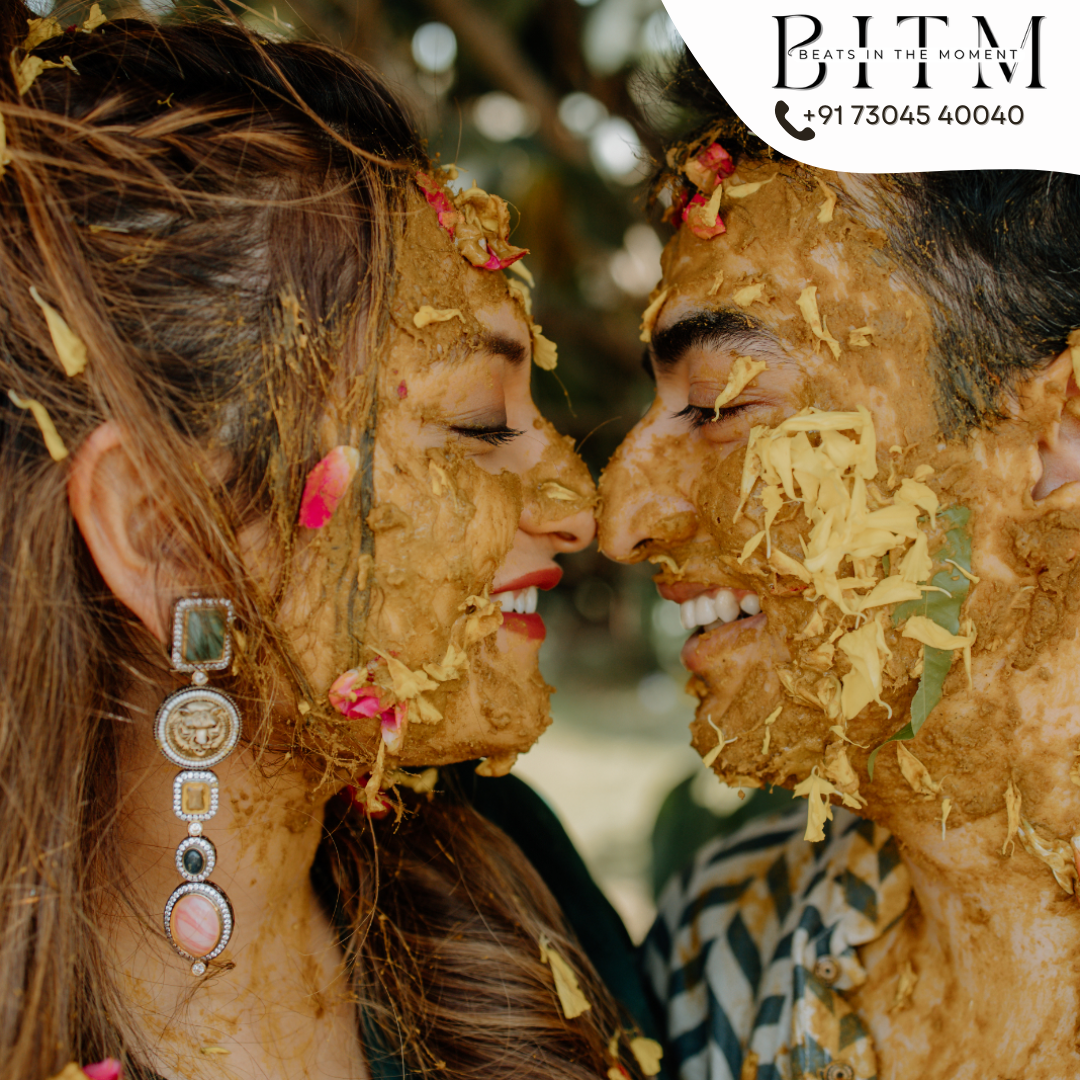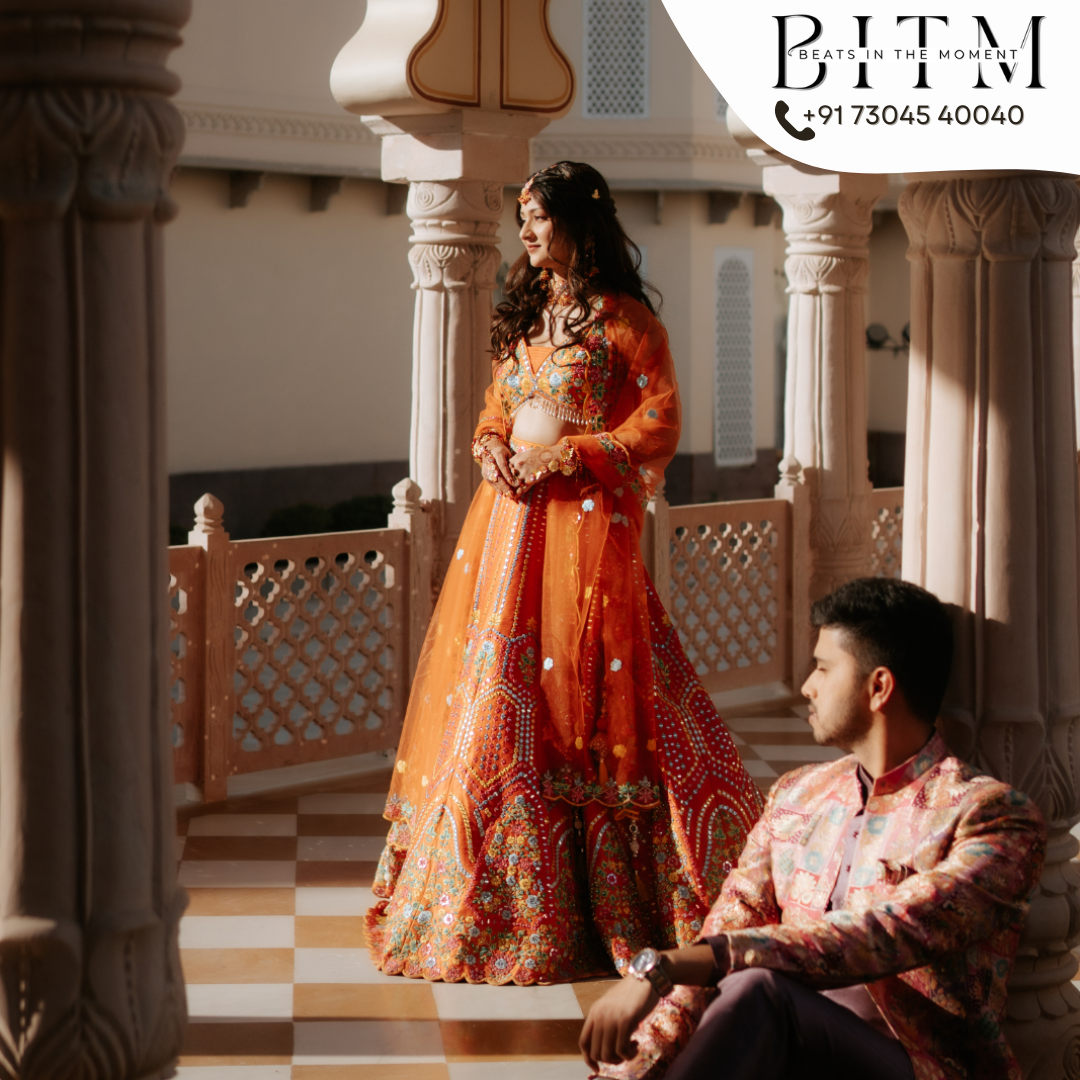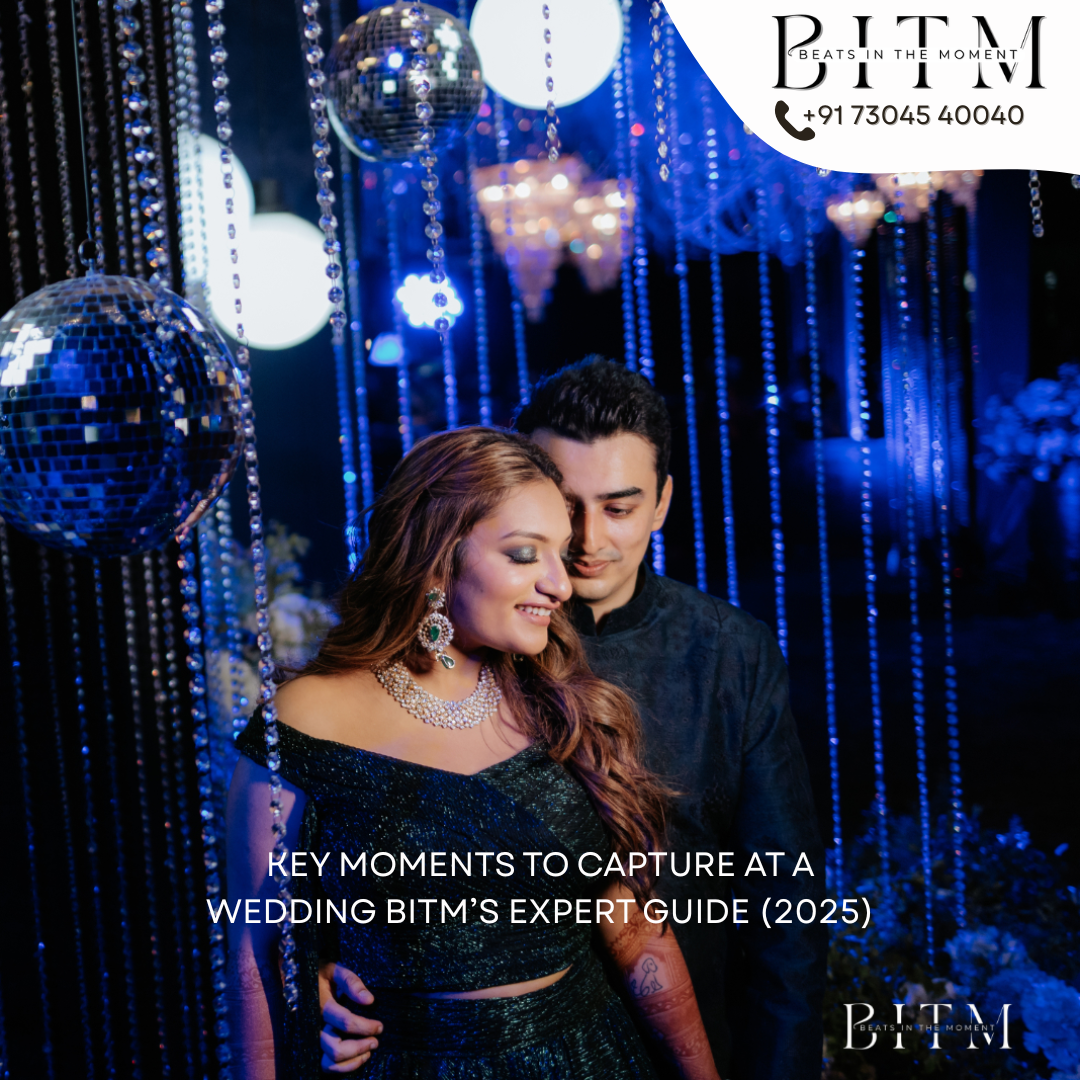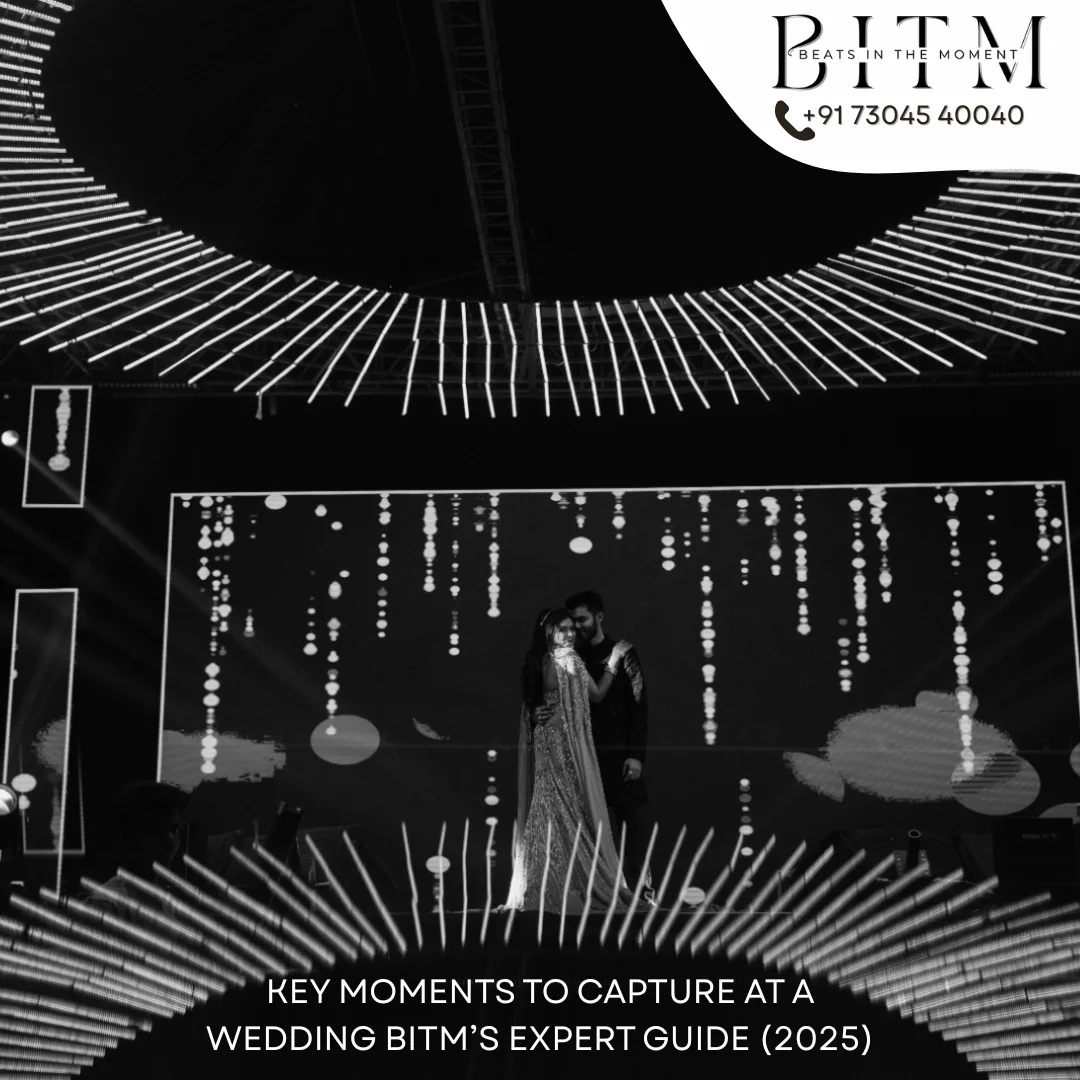Choosing the right lens is the fastest way to improve your photos — more than upgrading your camera body. But with so many focal lengths, apertures, and mounts, how do you pick the lens that will actually help you shoot better? This practical BITM guide breaks it down simply and gives real-world lens picks for common occasions: portraits, weddings, travel, landscapes, wildlife, and events.
Quick lens basics (in plain language)
-
Focal length (mm) = how “zoomed in” the lens is. Small numbers (14–35mm) are wide-angle; mid numbers (35–85mm) suit portraits and everyday; long numbers (100mm+) are telephoto for distant subjects.
-
Aperture (f-number) = how wide the lens opens. Lower f (f/1.2–f/2.8) = more light and creamier background blur (bokeh); higher f (f/8–f/16) = more depth of field (landscapes).
-
Prime vs Zoom: Prime = fixed focal length (often sharper, faster, lighter). Zoom = variable focal length (convenient, versatile). Both have advantages; choose by the shoot’s needs.
Lens picks by occasion (what to bring and why)
1. Portraits (headshots, environmental portraits)
Best focal lengths: 85mm (classic headshot), 50mm (environmental/half-body), 35mm (full body + surroundings).
Why: 85mm gives flattering compression and subject isolation; faster apertures (f/1.4–f/1.8) produce creamy bokeh for professional-looking portraits. If you want one versatile portrait lens, an 85mm f/1.8 or 50mm f/1.4 is a safe start.
Recommended: 85mm f/1.8 or 50mm f/1.4 (or equivalent in your mount).
2. Weddings & Events
Best approach: one fast prime + one zoom.
Why: Events are unpredictable — a fast prime (50mm or 35mm f/1.4–f/1.8) for low light and portraits; a standard zoom (24–70mm f/2.8) for coverage and flexibility. Zooms help you quickly recompose without moving during ceremonies.
Recommended: 24–70mm f/2.8 + 50mm f/1.4.
3. Travel & Street
Best lens: 24–70mm or 24–105mm zoom; or compact primes (35mm and 50mm) if you pack light.
Why: Travel needs versatility — a single zoom covers landscapes, portraits, food and streets without swapping lenses constantly. Lightweight primes are great when you want discretion and better low-light performance.
Recommended: 24–70mm kit (or 35mm + 50mm primes for low weight).
4. Landscape & Architecture
Best focal lengths: 10–24mm, 16–35mm, or high-quality wide zooms.
Why: Wide-angle lenses capture sweeping vistas and architectural interiors. Use smaller apertures (f/8–f/16) for deep depth of field and tack-sharp images. A quality wide-angle zoom or a rectilinear prime gives the best results.
Recommended: 16–35mm f/4 or 10–22mm for crop-sensor shooters.
5. Wildlife & Sports
Best choices: 70–200mm zoom for close action; 100–400mm or 200–600mm for distant wildlife.
Why: Reach is king. Fast focusing and image stabilization help track subjects and get sharp frames during action. For smaller systems (e.g., Micro Four Thirds), equivalent focal lengths give extra reach while staying lighter.
Prime vs Zoom — how to choose for your workflow
-
Choose primes if: you want the best image quality, shallower depth of field, lighter weight and often lower cost per aperture. Great for portraits and low-light creative shooting.
-
Choose zooms if: you value flexibility, speed of framing, and convenience (events, travel, run-and-gun shoots). Modern zooms are optically excellent and very practical.
Tip: Many pros use a mix — a fast prime for portraits and a versatile zoom for coverage.
Aperture & focal-length cheat-sheet (useful at a glance)
-
f/1.2–f/2.8 — Best for subject isolation, portraits, low light.
-
f/4–f/5.6 — General purpose, decent sharpness, more forgiving.
-
f/8–f/16 — Landscapes, long depth-of-field, tripod recommended.
-
35mm — Environmental portraits, street, documentary.
-
50mm — “Normal” perspective, great all-rounder.
-
85mm — Portrait headshots & flattering compression.
-
16–35mm — Landscapes, architecture, interiors.
-
70–200mm — Events, sports, short telephoto portrait compression.
Buying & practical tips (save money & shoot smarter)
-
Match your mount — make sure the lens fits your camera (Canon RF, Nikon Z, Sony E, etc.).
-
Consider used gently — reputable used lenses can be an excellent value (check glass, aperture blades, AF).
-
Weight vs purpose — if you travel a lot, prioritize compact lenses or MFT systems for reach-to-weight benefits.
-
Stabilization — lenses with IS help in low light when you can’t use high ISO or tripod.
-
Rent before you buy — expensive telephotos and specialty lenses are often worth renting to test in your workflow.
Common mistakes and how to avoid them
-
Mistake: Buying “the best” lens for marketing rather than what you actually shoot.
Fix: Buy based on the subjects you shoot 70% of the time. -
Mistake: Over-relying on kit lens capabilities for professional shoots.
Fix: Add one fast prime or a pro standard zoom (24–70mm f/2.8) to lift image quality and low-light performance. -
Mistake: Ignoring stabilization and weather sealing for outdoor shoots.
Fix: Prioritize stabilization for travel and weather seal if you shoot outdoors frequently.
Quick FAQ
Q: Can I shoot professional portraits with a kit lens?
A: Yes, with good light and composition. But a fast prime (50mm/85mm f/1.8–f/1.4) gives that professional background separation and low-light advantage.
Q: What single lens should I buy first?
A: If you want one lens for everything, a 24–70mm (or 24–105mm) is the most versatile starting point. If you want lighter and more creative: start with a 35mm or 50mm prime.
Q: Do wider apertures always mean better images?
A: Wider apertures help in low light and subject isolation, but technique (composition, light, focus) matters most. For landscapes, smaller apertures are preferred.
Ready-to-print cheat-sheet (copy this)
-
Portraits → 85mm / 50mm prime (f/1.4–f/1.8)
-
Weddings → 24–70mm f/2.8 + 50mm prime
-
Travel → 24–70mm / 24–105mm or 35mm+50mm primes
-
Landscape → 16–35mm / 10–24mm (use f/8–f/16)
-
Wildlife → 100–400mm / 200–600mm (use tripod/IS)
More Blogs :- Click Here








